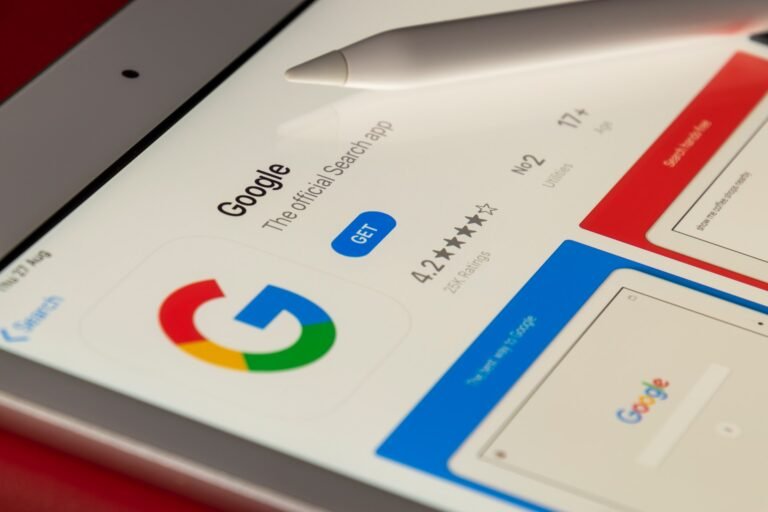Virtually every content marketer and brand strategist has some familiarity with the power of brand storytelling. Brand storytelling works as an effective marketing tool to make your brand stand apart from others while establishing trust relationships with audiences who become dedicated brand supporters. Developing stories that connect with your audience should become priority number one for businesses who wish to sustain market leadership. We’ll explain why brand storytelling works while outlining proper methods to implement it.
1. Why Storytelling is Essential in Branding
The fundamental purpose of brand storytelling involves presentation of your brand beliefs and your organization’s fundamental goals while also establishing a clear sense of purpose. You should engage people by revealing your company’s narrative through different platforms including your website, social media platforms and advertising channels.
According to Business Dasher, 55% of people say they would likely purchase from a brand that provides a compelling story. Among your audience, a meaningful brand narrative holds an enduring emotional place that transcends descriptive product features and specifications. Businesses of all sizes across multiple industries must grasp this strategy to make their brands visible, especially when competition is high.
2. The Psychology of Storytelling: Why It Works
Brand content strategy is driven by well-executed storytelling because of certain psychological aspects of narration. Our mental release of oxytocin and dopamine occurs during the course of hearing a good story because that story creates neural connections between the storyteller and the listener.
No matter our role in life, we all respond to emotional triggers. As a result, emotional branding becomes essential because your audience will respond strongly when their emotional experiences connect with your brand story. Once that occurs, they become more active regarding your brand, are more likely to share content, and ultimately are more inclined to move toward a purchase decision.
BusinessDasher also mentions that 92% of customers want advertising to exhibit story like qualities. The consumer market has moved away from receiving generic ads filled with product specifications and toward emotional narratives they can relate to.
3. Key Elements of an Effective Brand Story
So, how do you craft a brand story that sticks? Here are some of the key elements that make up an effective brand story:

- Authenticity: Any brand needs a successful story which includes authenticity at its core. Take Patagonia, for example. Sustainability plays an essential role at the brand because it represents core parts of the company’s fundamental values. Patagonia establishes dedicated customer relations through storytelling that demonstrates authenticity.
- Emotional Connection: Emotional branding involves developing narratives which either inspire people or empower them or create personal feelings to connect at a deeply emotional level. Through athlete-inspired marketing, Nike sells perseverance together with shoe products to highly engaged consumers.
- Relatability: Relatable storytelling stands as an essential element for consumer connection since it allows your customers to identify their challenges and experiences through your brand story. Apple brands itself as a company that fights convention and disrupts standards while finding many customers who respect both uniqueness and imaginative thinking.
- Conflict & Resolution: The conflict within brand storytelling can represent a brand victory against challenges or demonstrate how your products resolve customer problems while addressing their obstacles. Brands deliver their solutions through their resolution component.
- Mission & Values: Each brand storyline must start with its fundamental mission along with core principles. Your mission-driven narrative will connect you with customers who value what you do since you share common values through social good, environmental sustainability, or innovative goals.
4. Types of Brand Storytelling & Examples
There are various types of brand storytelling, and each one can serve a different purpose in your brand content strategy. Here are some examples of the most effective storytelling types:
- Founder Stories: Sharing the background story about your brand will make your company more accessible to customers while highlighting personal qualities. Airbnb makes use of their founder stories to present their personal challenges and victories which fostered the brand’s emergence.
- Customer Success Stories: Your brand credibility grows, and trust builds when you show how genuine customers have succeeded with your products through authentic stories. Glossier successfully uses user-generated content through presentations of customer testimonials and product-effect demonstrations.
- Employee Stories: Displaying how your employees interact with clients allows customers to better understand your company identity, including its foundation and personal values. The company Zappos demonstrates its stellar customer service philosophy by using staff stories to demonstrate the value of customer relations while establishing their brand position.
- Fictional Brand Narratives: Brands invent fictional narratives which express their organizational values as well as their future vision. Through its “1984” campaign Apple successfully demonstrates how fictional narratives can present brand values. Apple’s dystopian tale in its advertisement confronted uniformity and found support from consumers who saw the company as a leading disrupter.
5. The Business Impact: Why Storytelling Drives Sales & Loyalty
It’s not just about making people feel good—it’s also about driving real results for your business. Here’s how brand storytelling impacts your bottom line:
- Increased Engagement: Customer engagement increases significantly when brands share compelling, relatable stories.
- Higher Purchase Intent: Consumers show a 55% increase in brand purchasing behavior after experiencing moving brand stories. Strongly told brand stories drive customers to take buying action.
- Brand Differentiation: You can leverage your company’s story to differentiate from other products and services when your market becomes saturated and offerings appear identical.
- Customer Loyalty & Advocacy: Through brand storytelling, your brand converts ordinary consumers into brand advocacy partners. A strong emotional connection among customers toward your story drives both their product loyalty, along with brand promotion to others.
6. How to Craft Your Brand Story (Step-by-Step Guide)
Now that you understand why brand storytelling is essential, let’s dive into how to create a brand story that drives results. Here’s a step-by-step guide:
- Identify Your Core Message: What essential elements define your brand? Your core message should represent the essential aspects about your brand’s purpose, together with its mission and its core values.
- Define Your Audience: To whom should this story be directed? The process of creating a story demands that you understand the people to whom you are telling the story.
- Find the Emotional Hook: What makes your audience care? Determine the emotional factor capable of capturing your audience to engage with your brand.
- Use the Classic Story Structure: Create your narrative with three pivotal elements: first you start, then a plot arises followed by a conclusion. Your narrative structure enables audience members to remain actively involved throughout the whole explanation.
- Incorporate Visual & Multimedia Elements: Visual storytelling elements should be integrated into all content material. Your content engagement and immersion rise through the combination of videos, images, as well as behind-the-scenes material.
- Ensure Consistency Across Channels: All platforms, including websites, social media platforms, and email campaigns should offer a consistent narrative to establish strong brand messaging.
7. Common Mistakes to Avoid in Brand Storytelling
Even the best brands make mistakes. Here’s what to avoid in brand storytelling:
- Being Overly Promotional: Your life narrative should avoid the advertisement style. The message should remain genuine while being familiar to readers rather than focusing on direct sales.
- Ignoring the Emotional Element: A story lacking emotional connection through factual content will not achieve success.
- Inconsistency: Your brand story must maintain consistency across each customer interaction point.
8. The Future of Brand Storytelling
The rapid evolution of digital marketing makes brand storytelling an even more valuable component of your business operation. This strategic tool enables organizations to build permanent connections with their target audience while maintaining competitiveness in an ever-evolving market. The more digital marketing and communications becomes, the more essential brand storytelling will be to those brands endeavoring to outpace their competitors.
Are you prepared to develop a brand story that fosters genuine brand loyalty and engagement? If so, let’s start a conversation and discover how Content Revolution Labs can help you tell your brand story in a way that resonates with your audience and drives increased engagement.





